The centuries-old Ottoman Bathhouse remains a cultural heritage site in Manbij

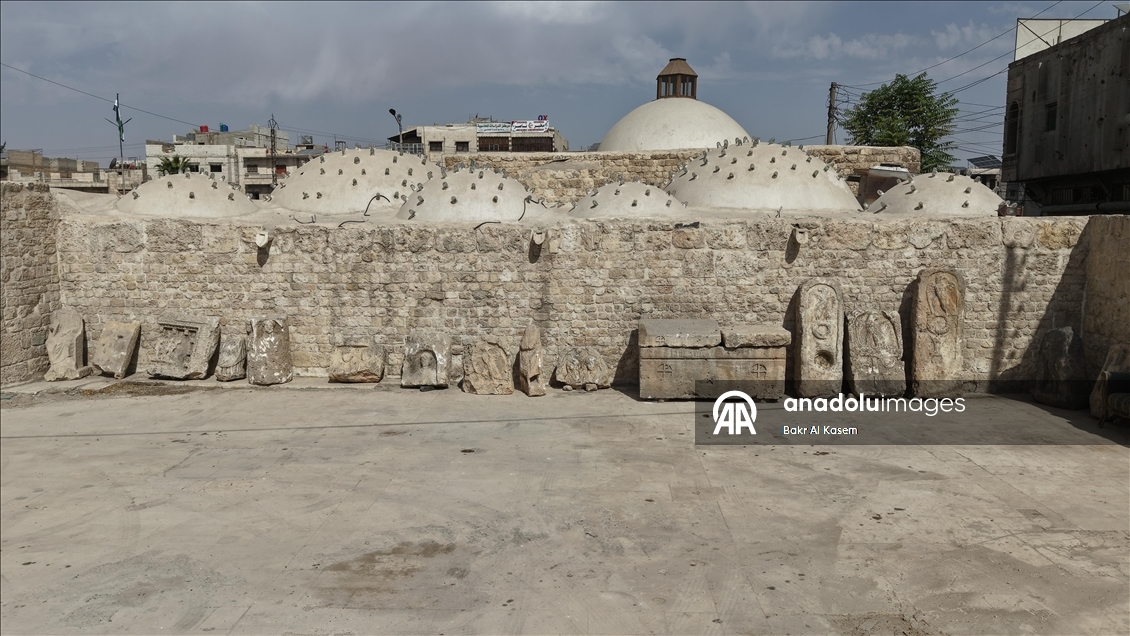

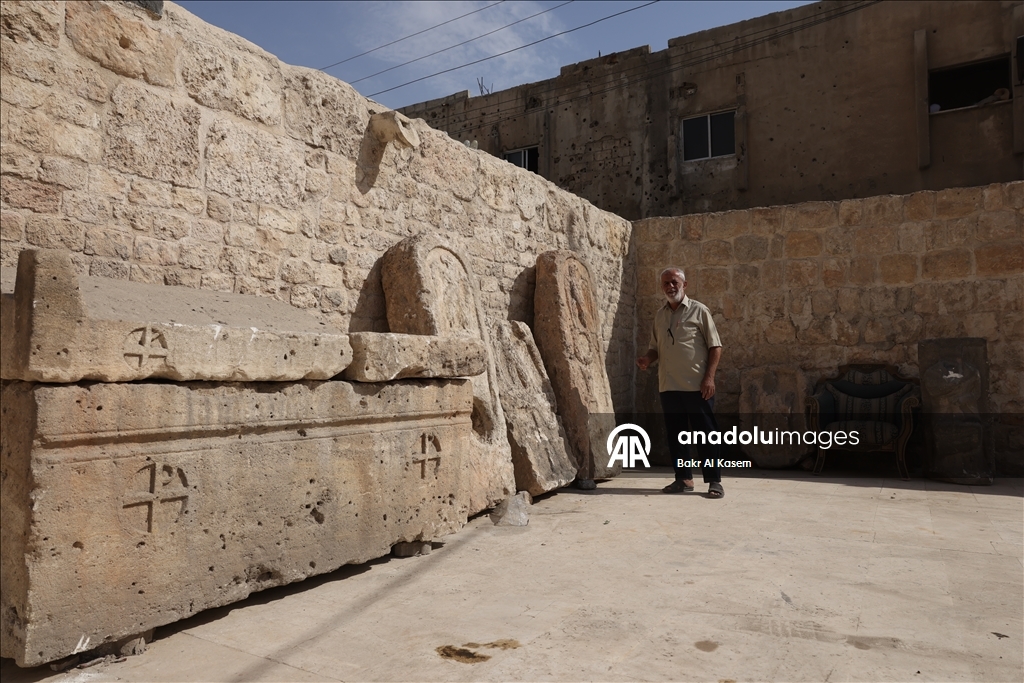
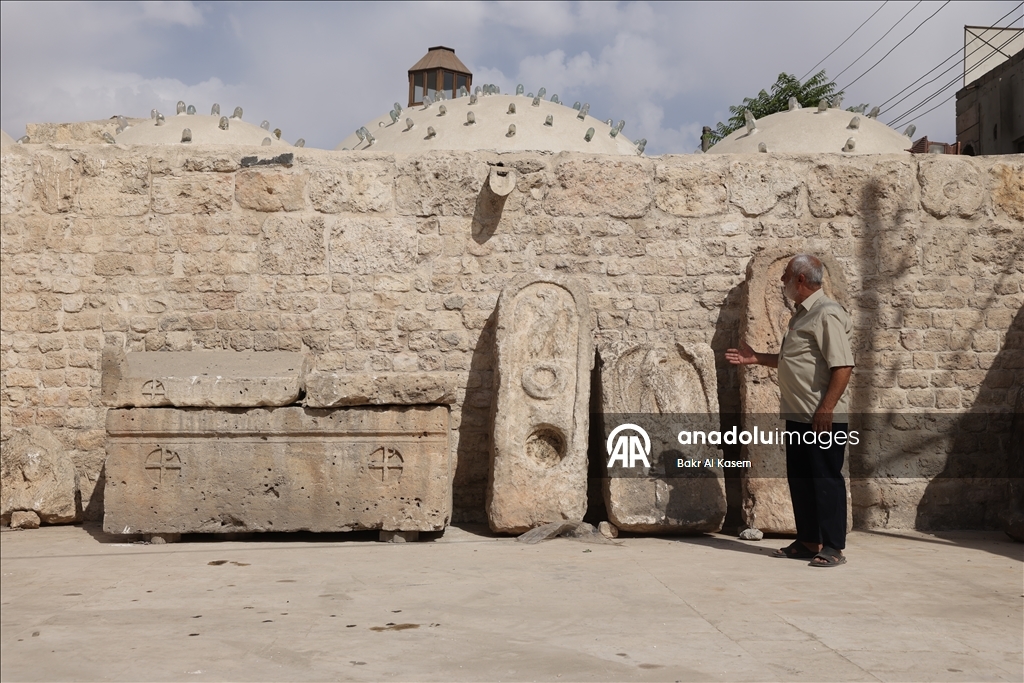
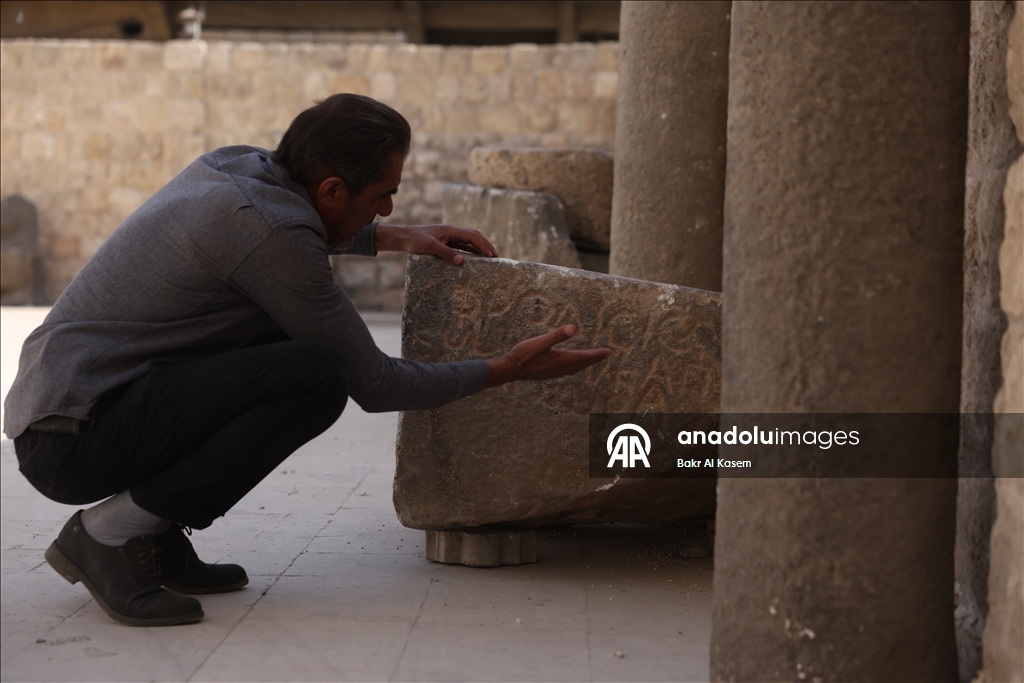
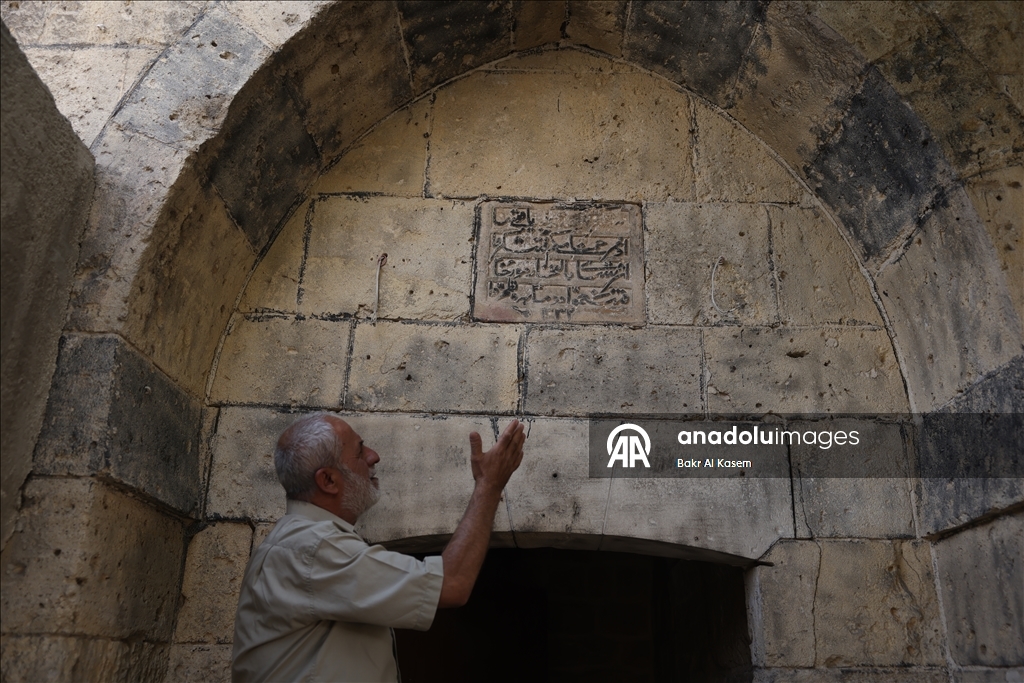
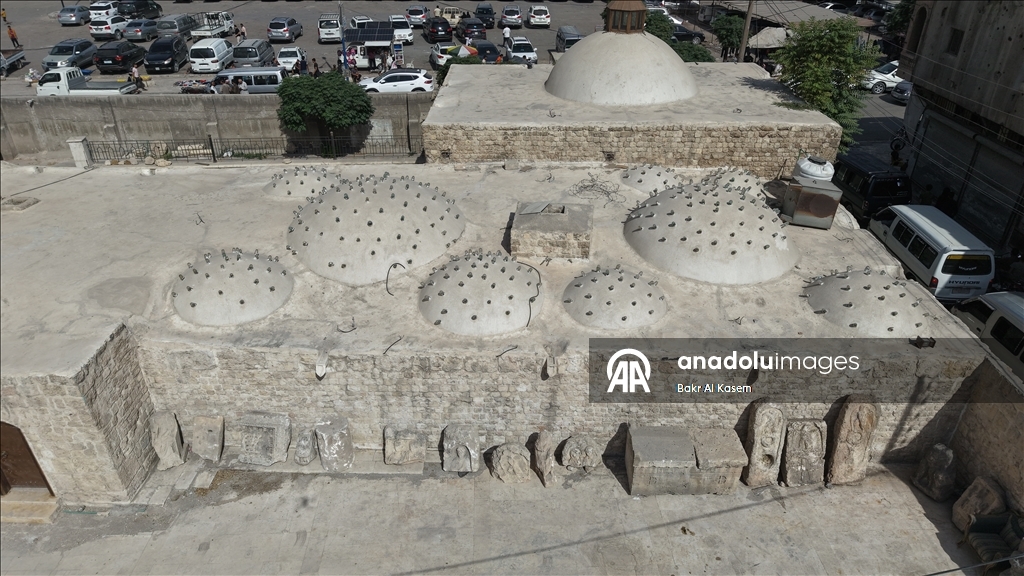
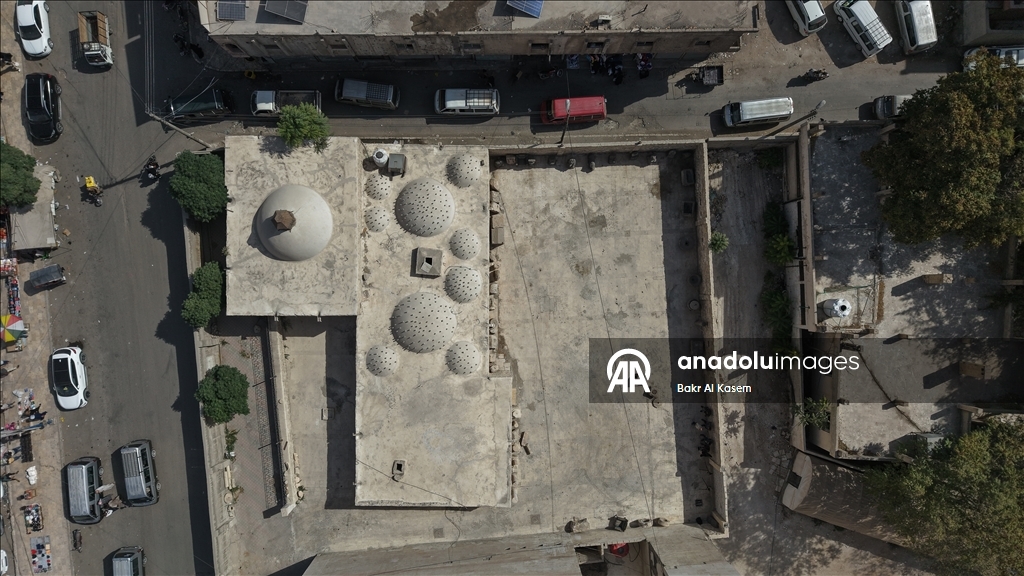
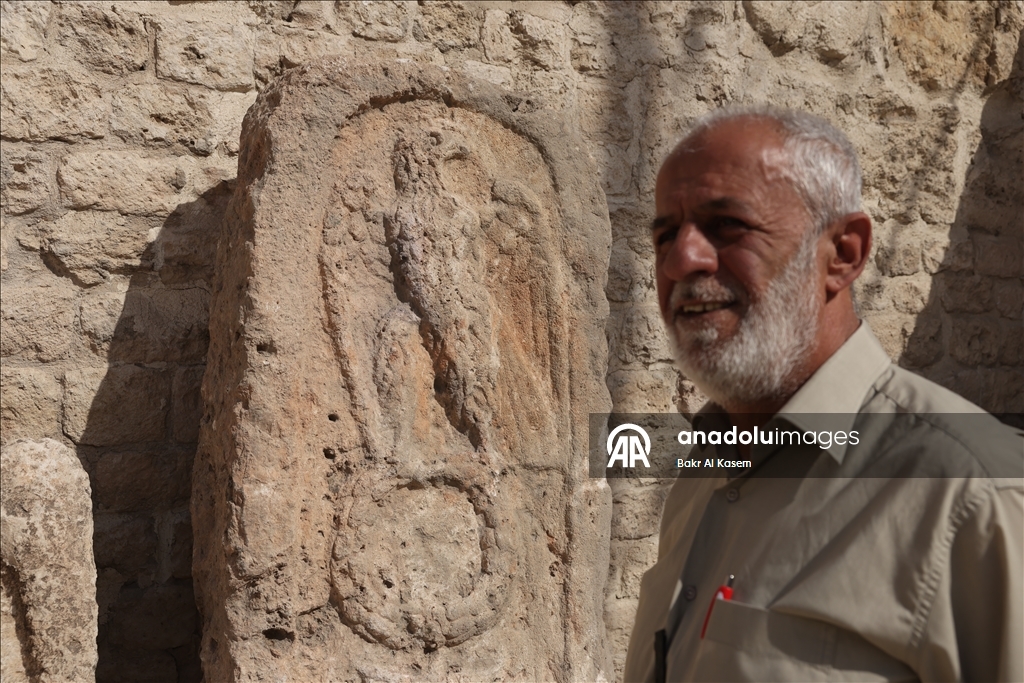
The building, which was heavily damaged by years of war and most recently by the earthquake in 2023, attracts attention with both its architectural features and historical value.
Built between 1900 and 1910 on the orders of Sultan Abdulhamid II, the city's Ottoman legacy still stands, both in the memory of the local people and as a living witness to the shared history of Syria and Turkey, but awaits restoration.
Before the popular uprisings in Syria, the bathhouse was an important place where local people came together for cultural events such as weddings, engagements and religious holidays.
🔹 Anadolu Agency for current developments, exclusive news, analysis, photos and videos
🔹 AA Live for instant developmentsLocated in the Münbiç district, which remained under Ottoman rule from 1516 to 1921, this bathhouse reflects the characteristic features of traditional Ottoman architecture.
%2FAA-39297954.jpg)
Used by both men and women during a time when private bathrooms were not available in homes, the bathhouse served as one of the city's most important social and cultural centers for many years.
The bathhouse has traditional sections such as the outer "Berani" and the inner "Cevani" sections, respectively, and Syrian adobe bricks and white stones were used in the construction of the building.
%2FAA-39297946.jpg)
Local historian Muzaffer Abu Zalam from Manbij, drawing attention to the city's Ottoman heritage, stated that the bathhouse was protected by the public during the war years and has now become a safe area for archaeological artifacts.
Abu Zalam, noting that Manbij has been known throughout history as the "city of water and silk," said, "Every house had a well beneath it. The soil was fertile, inspiring poets and producing scholars and physicians. This bathhouse is a valuable legacy from the Ottoman era. The people managed to preserve this structure during the war."
%2FAA-39297950.jpg)
Abu Zalam stated that the Grand Mosque in the city was built in 1902, during the reign of Sultan Abdulhamid II, and that the mosque's Ottoman-era pulpit was used until 1986.
Abu Zalam, who reported that the Ottoman bathhouse is planned to be converted into the Manbij Museum in the future, said, "As a Manbij native, I feel great peace that these artifacts are being preserved here without being stolen. Manbij is not only a city of water and silk, but also a center of knowledge that has trained more than 360 scholars."
Following the collapse of the deposed regime, valuable archaeological artifacts unearthed in the city were moved to the historical Ottoman bathhouse for safekeeping by the Archaeology Directorate as part of the work carried out in cooperation with the non-governmental organization "Heritage for Peace."
%2FAA-39297956.jpg)
Speaking to an Anadolu Agency (AA) correspondent, classical archaeology expert researcher and academic Abdulwahhab al-Sheikh said that Manbij has a rich historical heritage.
Stating that the city contains many artifacts from different periods, the Sheikh said that these artifacts were recorded with a detailed inventory.
Recalling that Manbij has been known by different names throughout history, such as Hierapolis, Bambyce, Edessa and Mabbug, the Sheikh stated that the city hosted the Assyrian, Hittite, Aramaic, Greek, Roman and Byzantine civilizations.
%2FAA-39297959.jpg)
The sheikh noted that many archaeological sites in the city were damaged during the war years, saying, "Most artifacts in the district were looted, and some were sold on the black market. With the Antiquities Directorate, established in 2017, we recovered a significant portion of these artifacts using available resources. We recorded them in cooperation with international institutions."
The Anadolu Agency website publishes a summary of the news presented to subscribers through the AA News Feed System (HAS). Please contact us for subscription information.AA





